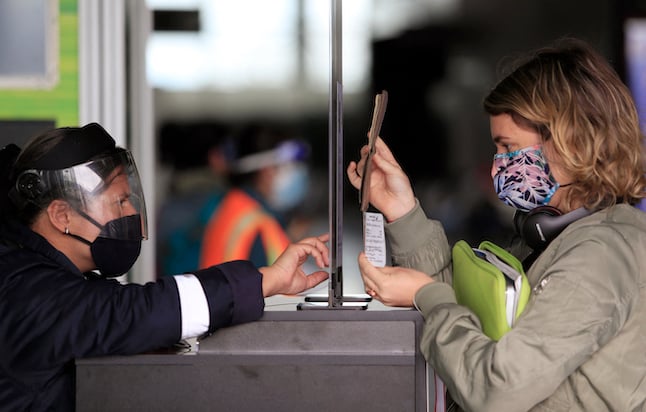If you want to go on a last-minute break, it’s really only possible to countries that don’t require you to apply for a visa beforehand or issue you with a visa upon arrival.
The Henley Passport Index is based on data from the International Air Transport Association (IATA) and each year it reveals the number of destinations that passport holders from around the world can access without a prior visa.
The index includes 199 different passports and 227 different travel destinations and offers all kinds of information on global mobility, ultimately revealing which passports are the most powerful.
Each country is scored on the total number of destinations that a holder of its passport can access without a visa. For each travel destination, if a visa is not required, they receive a score of one. This also applies if holders are able to obtain a visa on arrival, visitor permit or electronic travel authorisation (ETA) upon entry.
The rankings for 2023 show that Spain, along with Germany, is in joint third place, meaning that Spanish passport holders can visit a total of 191 countries without needing a visa.
READ ALSO: Why Spain is second favourite country for Americans to move to
In joint first place are Japan and Singapore whose passport holders can visit a total of 193 countries without requiring a visa.
They are closely followed by South Korea in second place, whose passport holders can visit a total of 192 countries.
After Spain and Germany, there are several European countries on the list. Those from Finland, Italy and Luxembourg come in fourth place, able to visit 189 destinations, while those from Austria, Denmark, the Netherlands, and Sweden come in fifth place able to visit 188 destinations.
These are followed by passports from France, Ireland, Portugal and the United Kingdom in sixth place, allowing them to visit 188 countries without a visa.
According to the rankings, only 17 percent of countries give their passport holders access to more than 80 percent of the world without a visa.
The three countries with the least powerful passports are Afghanistan whose holders can only visit 27 countries without the need for a visa, Iraq with a score of 29 and Syria with a score of 30.



 Please whitelist us to continue reading.
Please whitelist us to continue reading.
Member comments